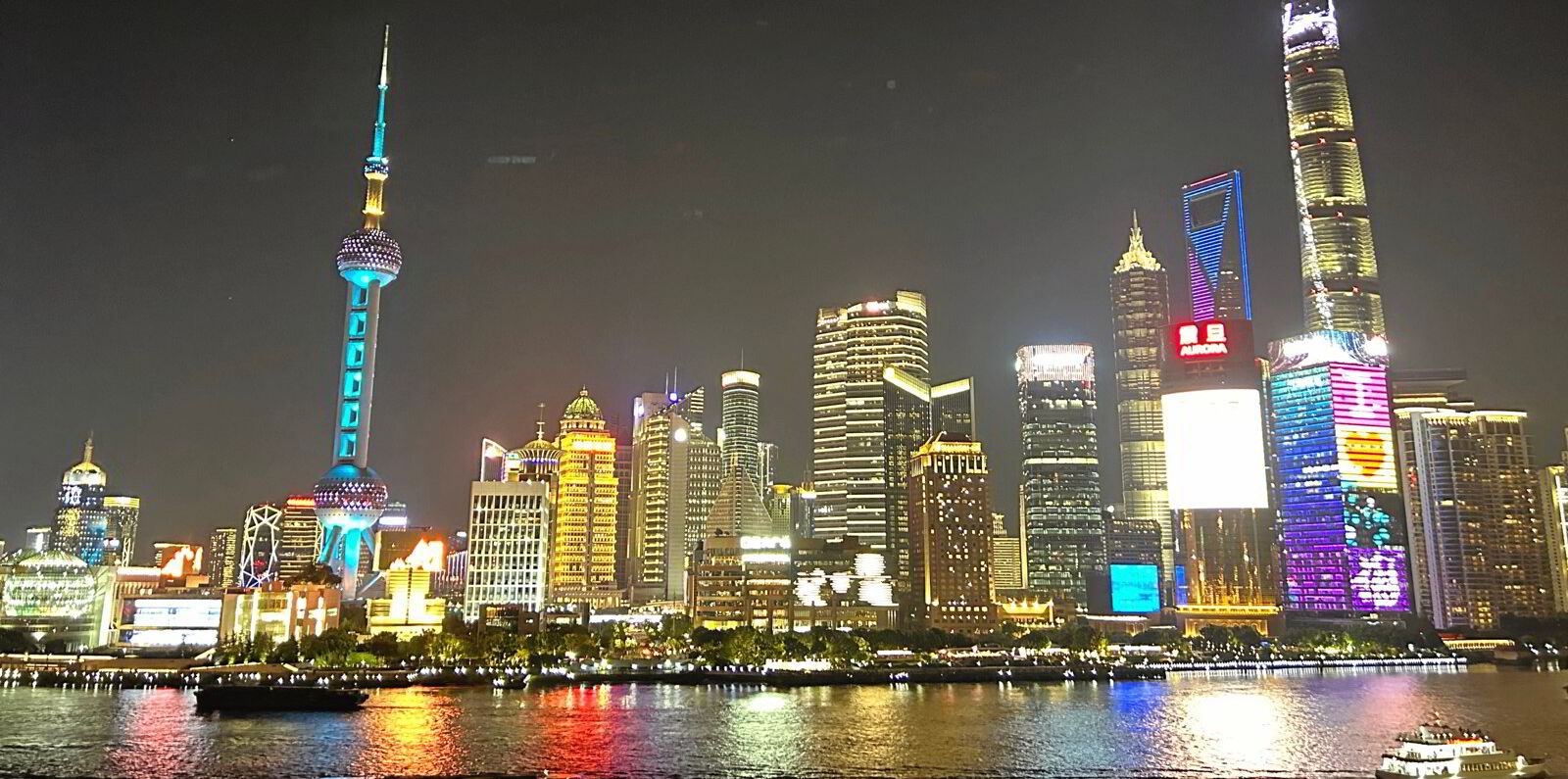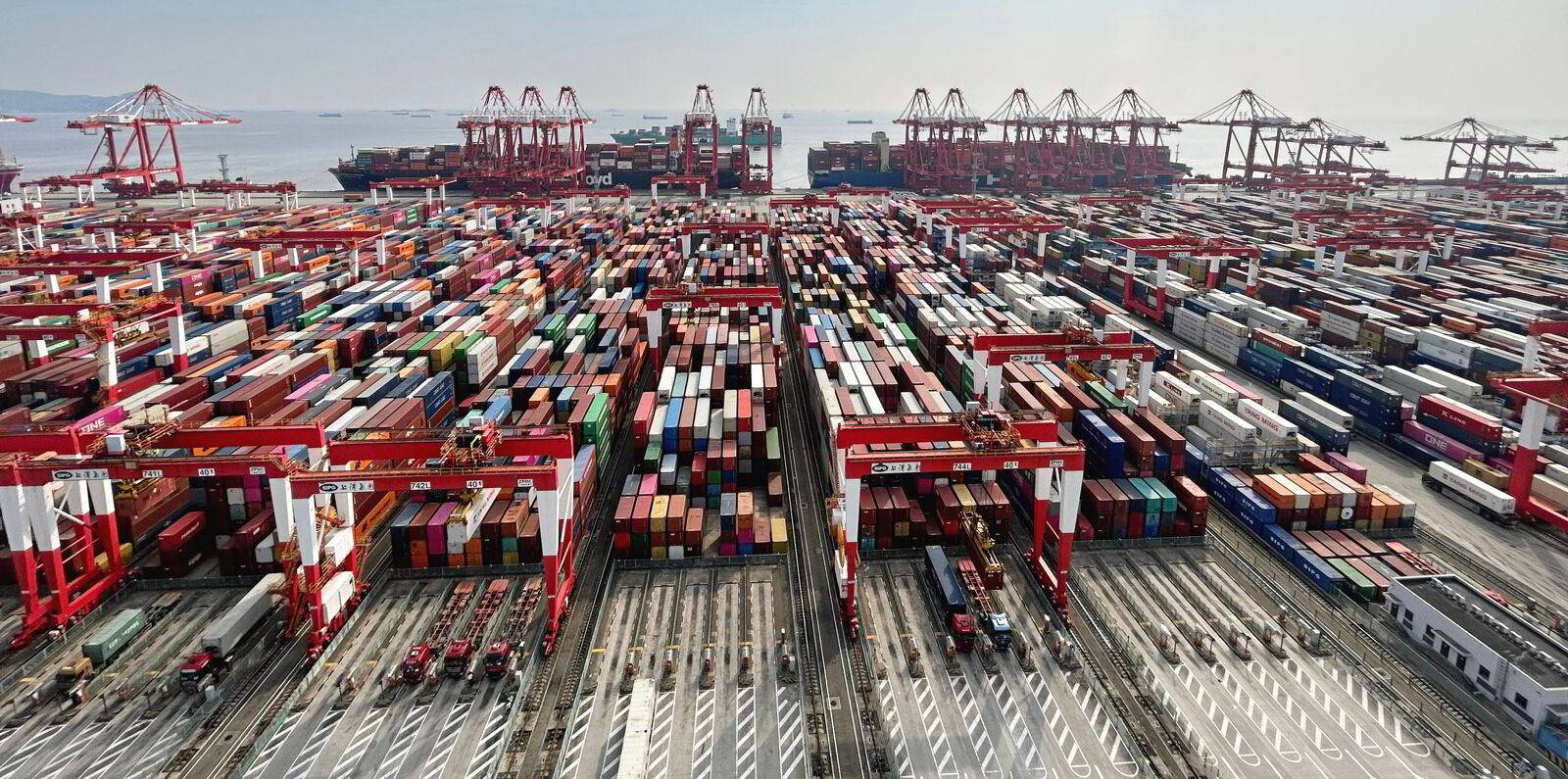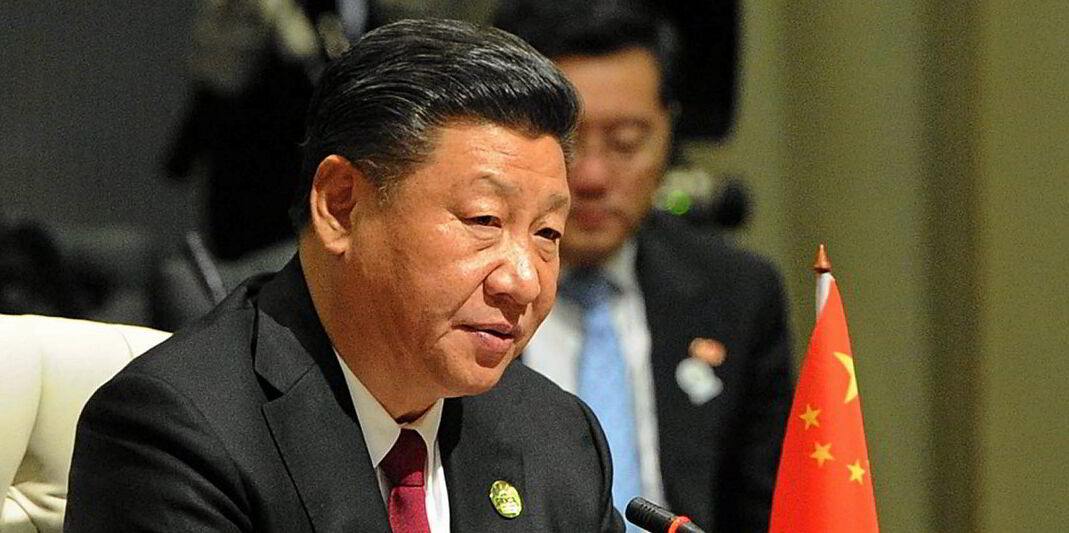I returned to Shanghai for the first time in 22 years last week.
I made a trip to the Chinese megacity and Yangshan Port, the world’s largest.
The first time I visited was in 2002, when I took a summer course about modern China at the Nordic Centre at Fudan University.
Then, China had just entered the World Trade Organization and its business with the rest of the world was about to skyrocket.
More than two decades on, the country has been transformed thanks to the growth and prosperity of global trade that has enriched economies worldwide.
Revisiting Shanghai brought home exactly what that trade has meant for China and the risks posed by the talk of trade tariffs and trade wars not just for the Far East powerhouse, but for all economies and shipping.
I was amazed to find a modern flat-screen TV today costs little more than a thick and bulky TV — often with wood panels — did in the 1980s.
Buying a TV was a big investment then because a skilled labour force connected to global trade was only found in the Western world and Japan.
Shanghai has overhauled living conditions and grown.
In 2002, I stayed at the university hotel at the Fudan campus. It was July, so the humid heat was unbearable and air-conditioning was far from the norm.
In the centre of Shanghai, you could stand outside someone’s kitchen or living room and see a family having a meal. And they would look back at you.
The Shanghai skyline is now crowded. Previously, the area on the other side of the Huangpu River, Pudong, was more or less a huge construction site.

The cars on the roads have changed.
All the taxis were Volkswagen Santana, a boxy Volvoish creation, which was manufactured by the Shanghai Volkswagen Automotive joint venture.
Today, there are numerous Chinese car brands and they want to take a bite of the markets in Europe and the US.
The transformation may have seen China move from an export-driven manufacturing economy initially to a more domestic-driven one, but it is still an emerging economy.
China’s GDP per capita is only about $13,000 per capita, in line with Argentina, Turkey, Russia and Mexico.
I lived in Seoul in 2002 and Shanghai has a similar feel to Seoul back then.
The pooling of capital and resources makes the big cities the top of the economy.
But when you take a few steps outside the metropolitan areas you see that millions of people still want better jobs, housing and even a car — a better life.
So even though the Chinese economy has hit a slowdown, in the long term there is a massive need for more investments and development, especially in the less rich regions of the country.
For the shipping industry that is good news. If the Chinese economy grows, the shipping markets will thrive.
China is still the main engine of global trade and shipping as the largest exporter and the second-largest importer of goods.
And when I visited the container ship Antonia Maersk loading at Yangshan Port, there were no signs of an economic slowdown.
The global economy will continue to bring millions of people out of poverty if shipping and free trade are allowed to thrive in open sea lanes.





